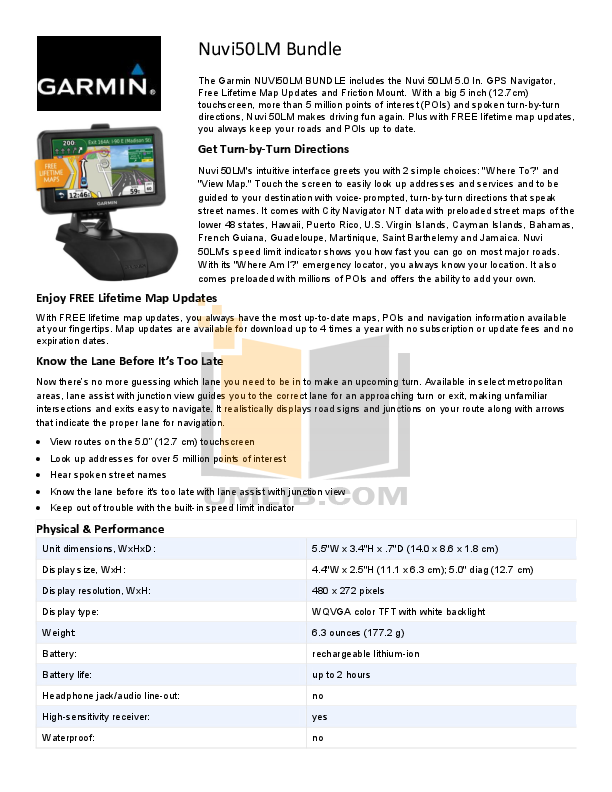
- Gpsbabel instructions mac osx#
- Gpsbabel instructions serial#
- Gpsbabel instructions software#
- Gpsbabel instructions plus#
The Topografix site at describes the GPX format:

One other thing you might want to do is to save those points to a GPX file so that you can include them on your own Google Map, or upload them to a site like. Now you can follow along on this route as you walk, bicycle, or drive! That's it! GPSBabel will read the driving directions produced by Google Maps, pick the 30 most salient points along the route, and upload the new route to your GPS receiver. For a Magellan GPS receiver:Ĭ:> gpsbabel i google f nyc.htm x simplify,count=30 o magellan F com1:Ĭ:> gpsbabel i google f nyc.htm x simplify,count=30 o garmin F com1:
Gpsbabel instructions serial#
Otherwise, replace com1: with the name of your serial or USB port.
Gpsbabel instructions mac osx#
If you are using Mac OSX with a USB adapter, it may be /dev/cu.usbserial0.Īssuming you used com1:, type the following all on one line and hit Enter. If you are running Linux, this is likely to be /dev/ttyS0 or /dev/ttyS1. Connect a supported Magellan or Garmin GPS receiver to com1: or a serial or USB port. Start a command prompt make sure that GPSBabel is in your path, and switch to the directory where you saved your map file as nyc.htm. For our example, we must use the command-line interface because the GUI does not support filters. GPSBabel comes with a GUI frontend, but the real power lies in the command-line interface.

These have limits on the number of points, so we can use GPSBabel to reduce the route Google Maps has computed for us to a smaller number of points. What can we do with it? One thing we can do is to load this route to a handheld GPS unit. Give the file a namewe'll call ours nyc.htmand hit the Save button. Saving as Web Page, Complete will cause the file to be rewritten as non-compliant XHTML, which GPSBabel will not be able to read. If you are using Internet Explorer, make sure to select Web Page, HTML Only from the "Save as type drop-down. Save that page to your local hard disk with the File Save As menu option. The resulting page will appear mostly blank, but the HTML source contains all the data we need to extract the coordinates of the route. Here is a link to the page containing the points for directions from JFK to San Francisco International Airport the hard way: With this information you can skip the steps of looking up an address, clicking on "Link to this page," and changing the URL to include &output=js, and instead just enter the URL of the JavaScript page straight into your browser.
Gpsbabel instructions plus#
The observant reader will note that the instructions "JFK to 350 5th Ave, New York" are included in that URL, with spaces having been replaced with plus signs. Your URL will look like this (but all on one line): To do that, just add &output=js to the end of the URL in your address bar and hit Enter. The last step is to modify that URL to output the JavaScript that the Google Maps client uses internally. Fortunately, Google provides a tool to do just that! Click "Link to this page." The displayed map won't change, but the URL in the address bar will contain your query and the parameters needed to return to this map at this zoom level. To do that, we first need a URL that contains everything we need to recreate our route. Now, we need to get the output into a predictable format. After a short calculation, a map like that in Figure 4-18 appears, with the route highlighted.įigure 4-18.

Enter "JFK to 350 5th Ave, New York" and hit the Search button.

We'll use one of the examples given on the Google Maps home page. The first step is, of course, to get Google Maps to make some driving directions. This is possible because Google encodes the coordinates of the entire route in the JavaScript that is sent to the Google Maps client and used to generate the route that is put on the map.
Gpsbabel instructions software#
GPSBabel () makes it possible to convert driving directions from Google Maps into various formats usable by other software and devices. From Google straight to your Global Positioning System receiver, thanks to GPSBabel.


 0 kommentar(er)
0 kommentar(er)
